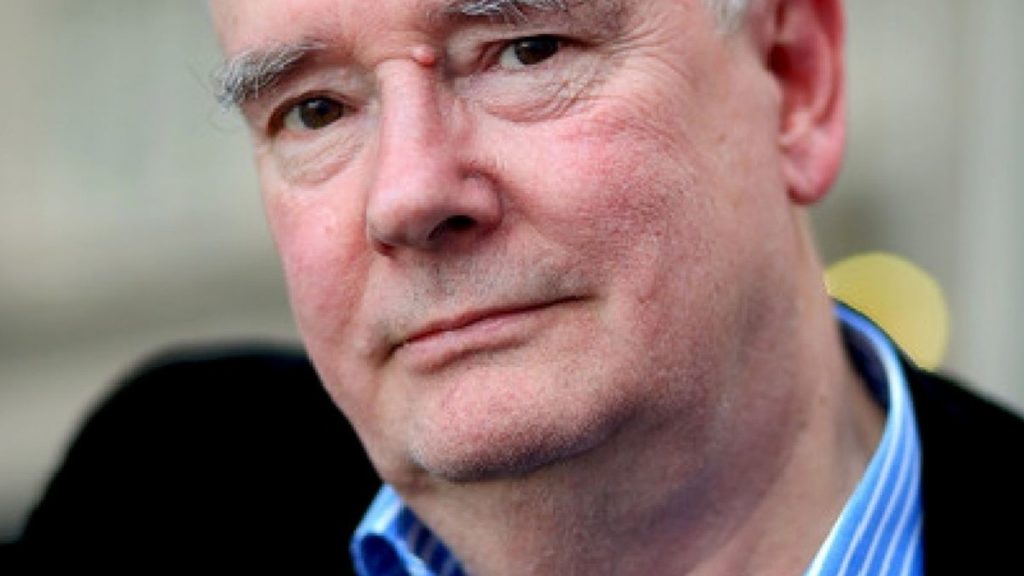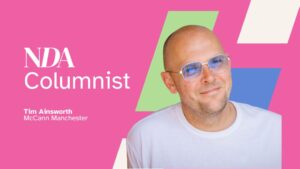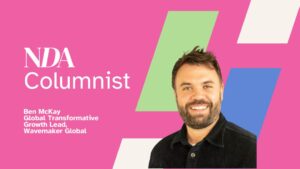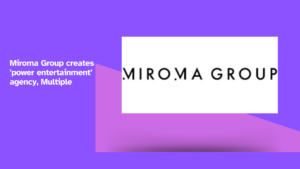Patrick Collister, NDA’s monthly creative columnist, is the Curator of The Caples Awards, Editor of Directory and a friend to Ad-Lib.io.
As a species, we seem to have self-destruction woven into our DNA.
There’s a prince out there burning all his boats. And his bridges. And pretty much anything else he can put a match to.
Elon Musk and Twitter. Need I say more?
And don’t get me started on Eddie Jones.*
In fact, we are so accustomed to individual and corporate implosion, we barely notice any longer.
The Conservative Party wilfully, knowingly is making itself unelectable for decades to come.
But then, their leaders gave us Brexit, didn’t they?
They greatest act of self-harm in history.
In this context, then, it’s hardly surprising that the advertising business continues to skip gaily towards the cliff edge.
In December last year, OFCOM allowed itself to be persuaded that nine minute of advertising every hour is acceptable.
The Daily Mail has calculated that across ITV, Channel 4 and Channel 5 in the UK, that is the equivalent of an extra 35 days of non-stop advertising.
Viewers do not think it is acceptable. At all.
69% say they will watch less telly.
44% say they will go to ad-free platforms instead.
“This should help reduce the inflationary pressures and so make the commercial TV ad market more competitive,” a faceless person at ITV said.
The arrogance.
There’s no consideration in this deal for the audience.
Or for the experience, making a great show less enjoyable.
If you like metaphors, think of the strangling fig.
It attaches itself to a tree in the forest. It doesn’t have roots itself but steals its nutrition from the host, which eventually dies.
Ofcom defend themselves by saying they want to protect Public Service broadcasters from increased competition.
But hang on a moment.
Satellite broadcasters are allowed 12 minutes per hour.
However, they can average this out across the day. So, a crap programme at 10am may get a single ad while ‘Game of Thrones’ later might have close to 20 minutes of exasperating interference.
Surely, then, the best way to protect the PSBs is by widening the gap between them and the competition? With fewer ads, not more?
Talking of Sky, again at the back end of 2022, they updated Sky Glass and Sky Stream to increase the number of ads transmitted.
It has not been lost on their customers that they are being exploited in two ways.
One, they are paying top whack for their content.
Two, they are being packaged and sold to advertisers.
They don’t like it and one day that dislike will make itself plain.
In the meantime, emboldened by how much the average punter will put up with, on November 3rd, Netflix launched Basics. It’s marginally cheaper than a full-fat subscription because it has ads. (Incidentally, it also has fewer films and shows.)
On December 8th, Disney+ followed suit.
You know and I know it is only a matter of time before advertising creeps out of Basic into Premium.
There are more bloody ads wherever you look.
Including on YouTube.
Last year, you might have been subjected to 11 unskippable ads before being allowed to watch your chosen video.
YouTube pretend this was “an experiment”.
A likely tale.
I have a YouTube channel.
‘The 10 Funniest UK ads of the 70s’ has had 16,000 views.
‘15 Funny UK ads of the 90s’ has 13,000.
Who gave YouTube permission to place pre-rolls on my videos?
I didn’t.
A Kantar study stated that in 2021 online advertising exposure increased by 4%.
That’s a poncy way of saying there were more bloody ads than in 2020.
It’s a tsunami.
We’re zapped by as many as 10,000 a day, says Forbes.
(Though, in fairness, that could be a lot less since one study HERE has found that 56% of display ads may never have been seen by a human being.)
Fuelling this illusion of growth, there are now over 8,000 adtech companies in America alone.
Surely the people who run those companies must know they are pissing in the swimming pool?
It hurts me to write this but advertising is now a form of pollution.
More has always been less.
More consumption equals less health.
More possessions equal less happiness (allegedly).
And in this instance, more advertising equals less cut-through. Not to mention less charm, less humour and less intelligence.
All of which leads to less tolerance.
Remember the scene from ‘Network’?
People are already mad as hell. A billion of them have already installed ad-blockers on their devices.
And clients aren’t very happy either.
The whole market is awash with fraud.
That, plus slashed budgets, has led The Guardian to predict a “car-crash” in 2023.
Well, we live in hope.
Seriously, the collapse of the advertising market could be the best thing to happen to advertising in decades.
It could give it back to people who care about people.
I said that as a species we have a unique ability to self-combust.
True. But out of the fire came the phoenix.
We (or some of us) also have a unique ability to imagine how things can be better.
Creativity will save us.
It is heartening to learn that Sir Tim Berners-Lee is already working on an alternative to the internet.
SOLID is a new system he’s designing that will decentralise the web.
Meanwhile, web 3.0 is emerging from the wreckage of web 2.0. Apparently, it “will transcend from increasing visibility to proper messaging.”
Translated, it sounds as if marketers are going to have to think about what they do.
That would be good.
Maybe they’ll stop spraying out garbage across every platform and down every channel.
They’ll take time and trouble to create ads that are intelligent and relevant.
And then maybe they’ll learn that less truly is more.
Maybe.
*If you’re not into rugby, you won’t know that Eddie Jones was the head coach of the England rugby team. If you are into rugby you’ll know that Eddie lost clarity, lost the players and lost his job.
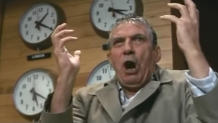
In ‘Network’, the 1975 movie, Peter Finch played Howard Beale, a news reader who has a meltdown on primetime TV and tells his audience, “Open the window, stick your head out and yell and say it, I’m as mad as hell and I’m not gonna take this anymore.”

On the subject of less is more, remember those great Honda ads?
Simon Thompson, Honda’s marketing director at the time, had less budget than his competitors so he relied more on creativity to make an impact.



